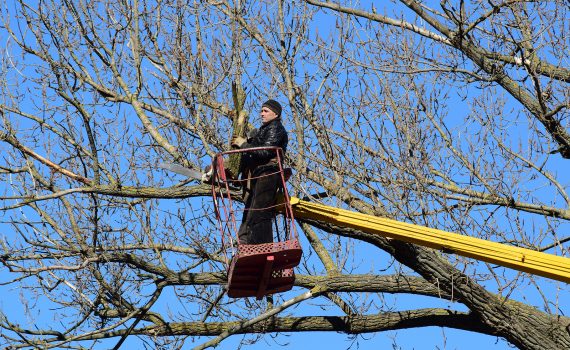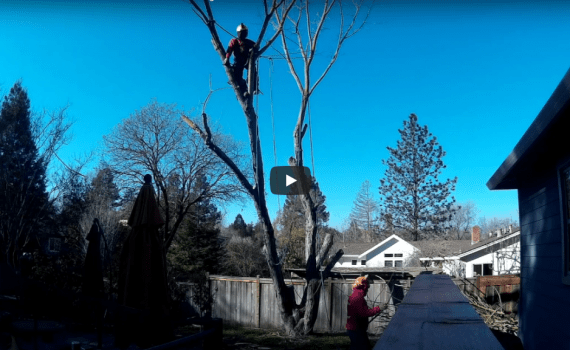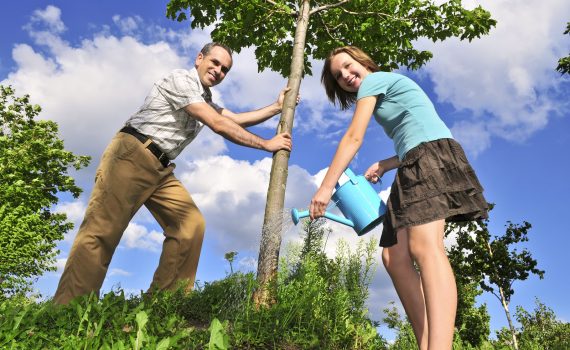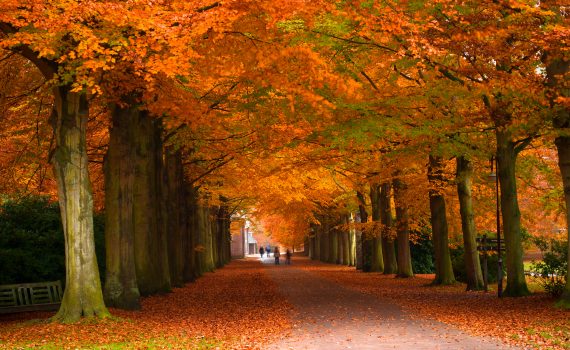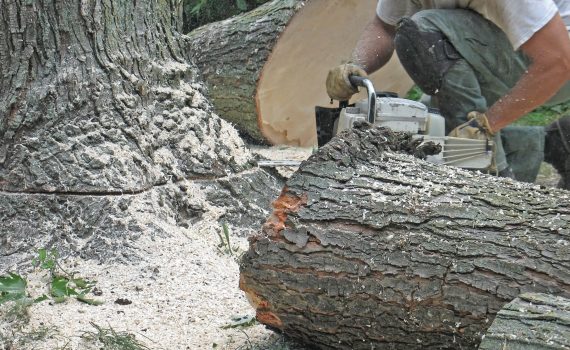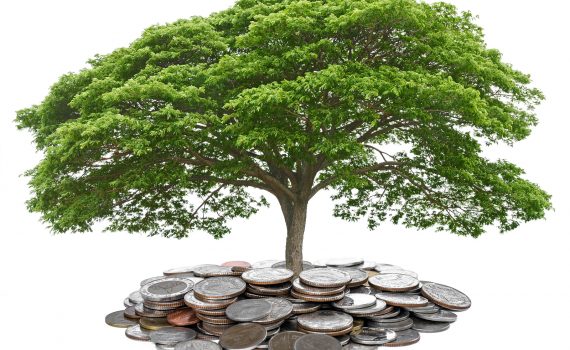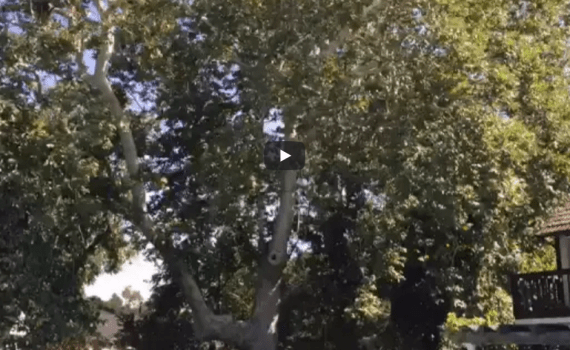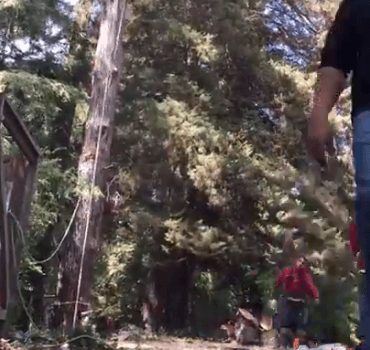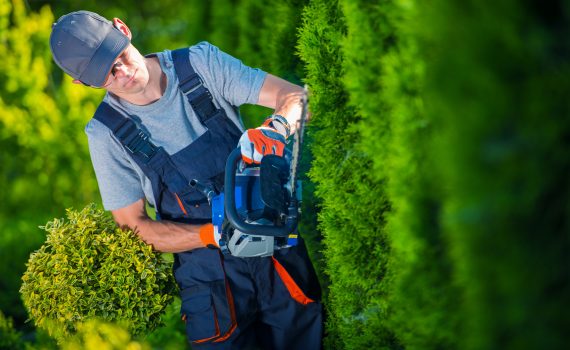A topped tree can be the result of unskillful or over zealous pruning. Topping a tree is when the topmost, healthy, leading branches are chopped off the tree to provide a quick and lazy pruning solution. While tree topping is best avoided in favor of careful and dedicated pruning by your local arborist, if you do have a topped tree, all is not lost. From this point it is critical to seek professional tree care and allow your tree time to heal and regrow if you want to see it thrive again.
Call A Local Arborist
A topped tree needs extra TLC, and your local arborist is the tree professional who can offer it. An arborist can help identify where your tree pruning went wrong, and identify a plan to nurse your topped tree back to health.
Topped trees are weak and unstable and prone to decline, but with the care of your local arborist you can identify the care and corrective pruning your tree needs to flourish again.
Give Your Tree Time
One of the most important things a topped tree needs is time. A topped tree has lost its prime energy and fuel producing leaf growth, and needs time and specialized care to regenerate this growth.
However, you may be happily surprised at how quickly your topped tree starts to put forth new growth. These fresh new branches are called water sprouts, and they need time to establish themselves. Avoid tampering with these sprouts until they have grown to the original height of the tree, as this is a sign the sprouts have established themselves.
Protect Strong Sprouts
The strongest of these initial sprouts are called the leaders. The leaders are the dominant branches that should be the tallest and free from any damage, cracks or pests. These leader branches will become the strong new branches of the tree, so it’s important to protect them and ensure their growth and health is promoted.
Trim Sprouts
In the initial stages of your topped trees healing, there is limited resources and energy to support the new growth, so the strongest and healthiest branches need to be prioritized. Contact an arborist to come and identify the strongest and weakest branches and appropriately prune the weakest branches in order to allow the strongest branches to flourish.
The short sprouts that are stronger and look like they could catch up to the new leader should be left to provide additional volume to the new growth. The new leader sprouts need to be monitored in order to support their healthy growth and to ensure the regeneration of the topped tree. This careful pruning process needs to be repeated over the next 4-6 years in order to facilitate the growth of the new branches. Contact a professional arborist to expertly trim the new branches in order to train them and cultivate new growth without limiting the regeneration of your topped tree.
A topped tree can be successfully repaired and returned to it’s former glory, but it does take some extra time, care and attention from you and your local arborist to bring your tree back to full health.
 Bringing Sexy Back Into Your Yards
Bringing Sexy Back Into Your Yards 
